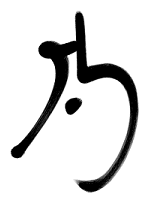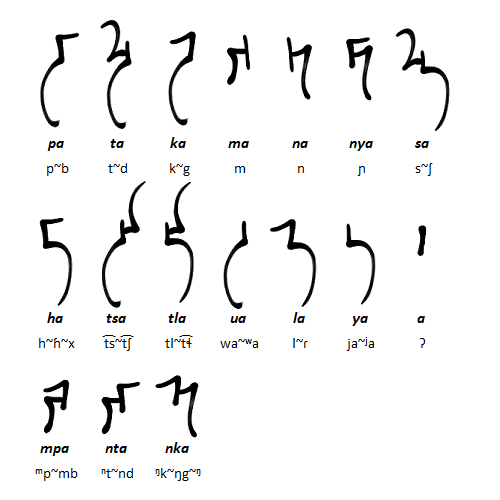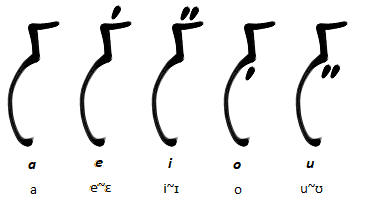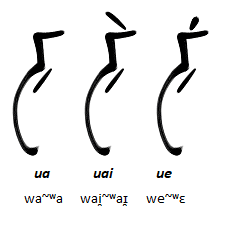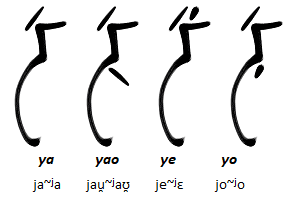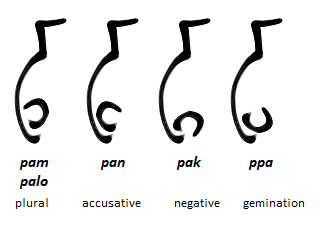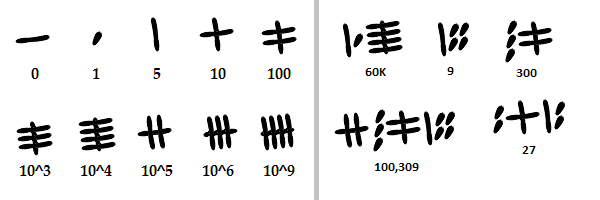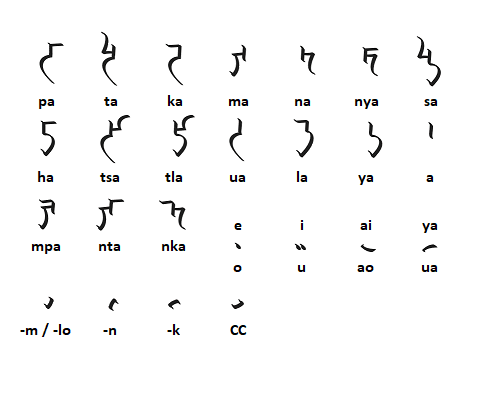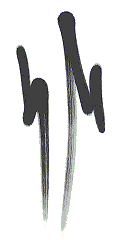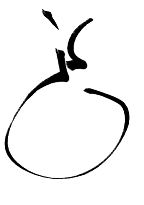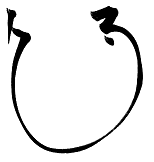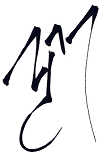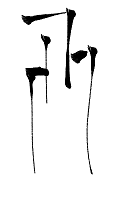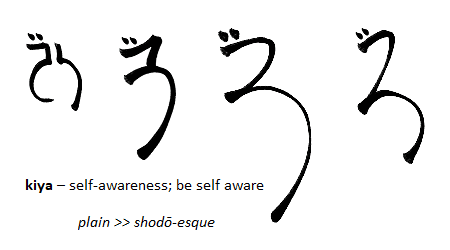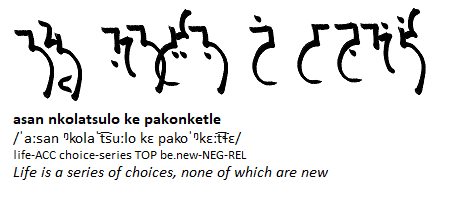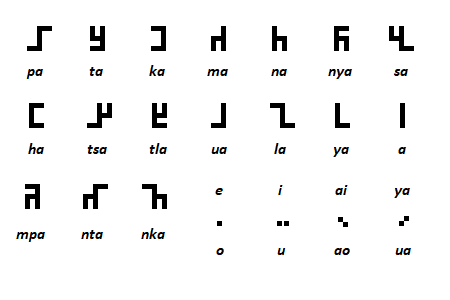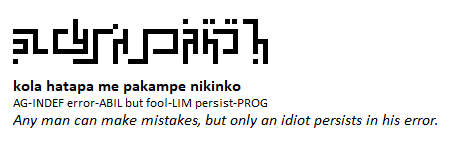Moya Abugida
Author: Carl Buck
MS Date: 01-26-2022
FL Date: 06-01-2022
FL Number: FL-000081-00
Citation: Buck, Carl. 2022. “Moya Abugida.” FL-000081-
00, Fiat Lingua,
01 June 2022.
Copyright: © 2022 Carl Buck. This work is licensed under
a Creative Commons Attribution-NonCommercial-
NoDerivs 3.0 Unported License.
http://creativecommons.org/licenses/by-nc-nd/3.0/
Fiat Lingua is produced and maintained by the Language Creation Society (LCS). For more information
about the LCS, visit http://www.conlang.org/
Moya is a strictly calligraphic abugida for Kala. Adapted from my oldest script Moj. It can be written left
to right, or vertically, top to bottom. It should be considered the “traditional” script for Kala. Inspired
primarily by Tibetan, and the Masonic Pigpen cipher, it was first created in mid-1999 and has slowly
developed to its current form.
Consonants
The glottal stop character is only used intervocalically. When a vowel begins a word, the “la” character is
used. This does not cause confusion as “l” does not begin words in Kala.
Vowels
Basic Vowels
Labialized
Palatalized
Other Symbols
The plural mark is either /m/ or /lo/ depending on the preceding syllable. Gemination is typically a
product of derivation through compounding and is infrequent. The accusative mark is present in most
phrases with a transitive verb. The negative mark is either /k/ or /ᵑkɛ/ depending on the preceding
syllable.
Examples
iyoma na pasanko
today 1SG feel.ill-PROG
I am not feeling well today.
inkayo huesa namyo tsihuan pako kemamu
this.week company 1PL.GEN project-ACC new work-INCH
Our company will begin working on the new project this week.
Monogram
The above image is a monogram, referred to as yotsakua (the whole face), as it resembles the face of
someone in deep meditation. It includes the strokes for every letter and number of the Moya system.
Older versions contained the diacritic marks, but this version prevails as the stylistic representation of
the monogram. The moyamatse are also visible to the careful observer.
Numerals
Serif
A serif version of Moya was designed by Britton Watkins and is used with his permission.
Moyamatse
Given the calligraphic nature of Moya, the ability to combine certain “letters” to form “words” or at
least parts of words. This practice is called moyamatse, or “mixed writing“. These are a few examples of
common “mixtures”. Keep in mind, these can be modified with vowel diacritics to change the word.
More of these combinations are possible, but the process and result should be obvious with the
examples above.
Calligraphic Variation
Moya lends itself to calligraphic variation and artistic representation.
yama – mountain; hill
maua – flower; bloom
tsa’i – tea
nalo – smile; laugh
tanka – eagle; falcon
manka – cold; cool; chill
Other Styles
Thin Brush
The matsuenka (thin brush) style, used mainly in symbolistic calligraphy (words meant to resemble the
item).
saya te nahe
peace of within
Peace comes from within.
Wide Brush
The matsompana (wide brush) style, used primarily on signs and banners.
Square Brush
The matsotapua (square brush) style, used for decorative purposes. Inspired by Kufic calligraphy.
“moyatapua” Square writing.

